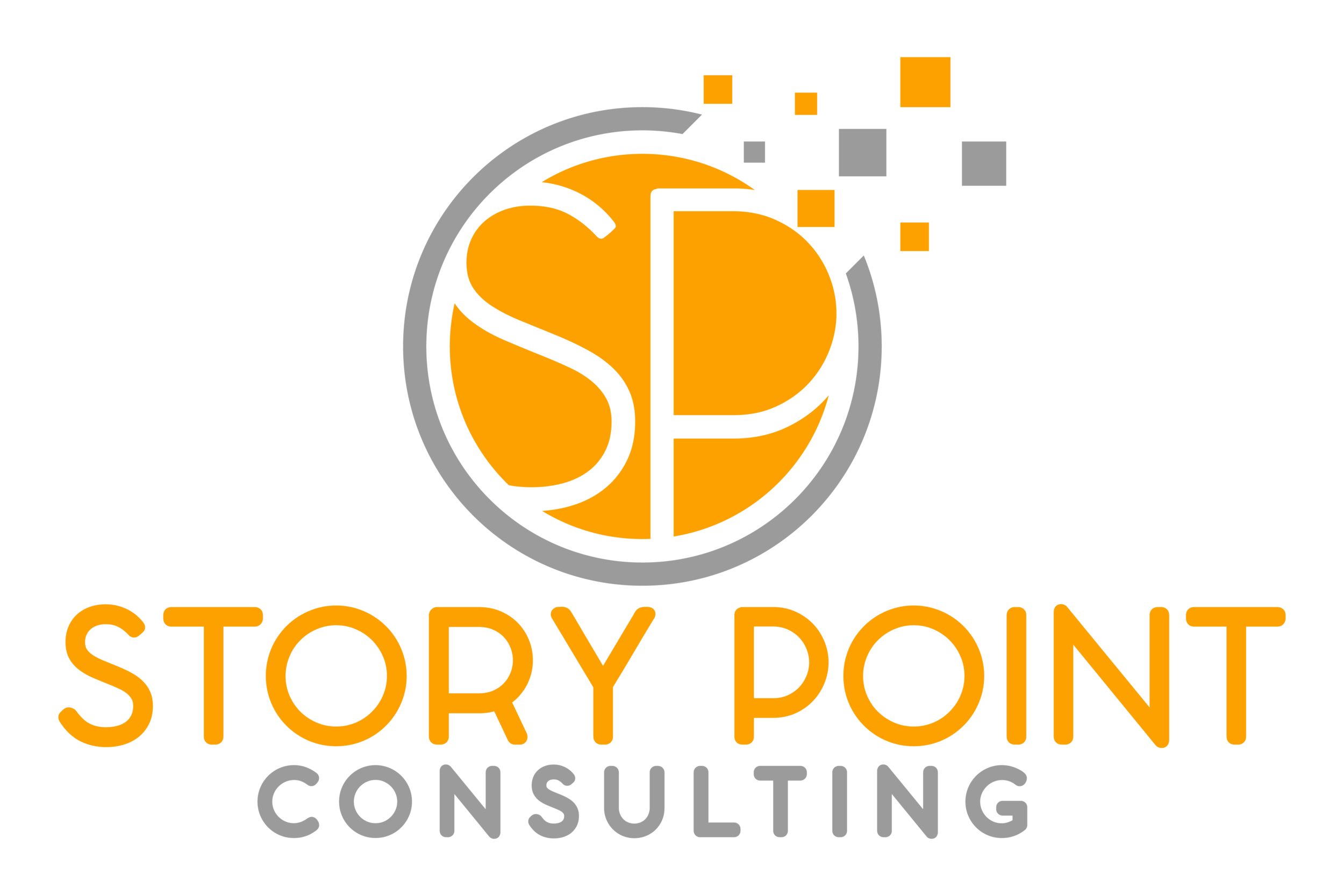Small Steps, Big Impact: Building a Data Strategy for Your Small Nonprofit
A strong data strategy is a stepping stone to success, a fact acknowledged by many organizations, yet unimplemented primarily due to time and resource constraints. And while organizations appreciate the value of data, many do not have the time to focus on improving their technology which in turn can improve their organization’s effectiveness. Consequently, they gather data, but are unable to leverage it effectively to reach their nonprofit’s fundraising goals.
When collected and managed properly, data can be a huge asset to your organization. Particularly in removing guesswork in decision making since data can help your organization make data-driven decisions based on facts and trends, thereby increasing your team’s efficiency.
Building a data strategy for your small nonprofit
A data strategy is a long-term plan that outlines how your nonprofit will manage your data. This can include who will be responsible for the data, how the data will be collected, and how the data will be managed. Your data strategy should simplify the use of your data, making it easier for everyone at your organization to use. Here are some simple steps that your organization can take to start creating your roadmap to using data.
Define your fundraising goals
The first step in building your data strategy is to define your fundraising goals. The objectives should follow SMART principals so that they are; specific, measurable, achievable, relevant and time-bound. Define what you would like to achieve first so it will help guide you when you start to analyze your donor data. Use your fundraising goals to provide your organization with the framework for your data strategy.
Specify the people responsible for donor data
Even though only a small number of people at your organization may have a full understanding of your donor data, it is important that most staff have at least a basic knowledge of how to use, and where to find the data. It's also crucial for at least one individual to manage your nonprofit's donor data. However, relying solely on one individual within your organization poses risks. Should they become unavailable, or leave the organization, your team might face challenges. Not only could you lose access to crucial data, but also the expertise to interpret it. Hence, it's essential to have a backup plan for data access and understanding. To reduce these risks, ensure everyone in your organization has basic training on the system in use. This approach not only safeguards your data, but also promotes a culture of shared responsibility and knowledge.
Identify your data sources
Identifying your data sources is very important as you will want data sources that are consistent, reliable and that the team has access to. For example, will the data come from gifts given through your website, or a third-party provider? No matter where the data originates from, make sure that you understand the source of the data.
Define procedures for data collection and entry
If you are using data to help guide your fundraising strategy, accurate data entry is key. Your team will need to establish standards for how the data will be entered, as standards create consistency. It's also very important to have documentation. Having a document that describes the process of data collection can be invaluable to someone who is new, or someone who needs a refresher. Documentation is also crucial for your nonprofit organization’s long-term succession plan. As with any organization people will leave, and without documentation they’ll take their knowledge with them leaving the rest of your team to start from scratch. So, your documentation does not have to be long, but it should outline the basic steps of how you collect and enter data.
Securing your nonprofit data
Due to the risk that comes with collecting and storing donor data, your nonprofit needs to take steps to ensure the security of the information you store in your database. When there is a data breach, the damage caused by these types of attacks is generally highly publicized and very difficult for any organization to recover from. That is why it is so important to implement security measures to keep your donor data safe. For example, if your organization is using spreadsheets to input your donor data, make sure they are encrypted with a password. Or, if you are using donor management software, enabling two-factor authentication when logging into the application. Safeguarding your donor’s information and protecting it against unauthorized access is one of the most important priorities.
Get data culture “buy in”
A data culture involves the belief of the staff, board and volunteers that all should leverage data to improve fundraising performance at the organization. In our experience, organizations that lack this culture may not be using data because they feel it might not be useful, or it’s too much work to get started, or maybe there are team members who simply feel comfortable with the way things are. To address these concerns, start letting your leadership know the benefits of using data and how it can help your nonprofit be more efficient and in a better position for long-term success. Once people understand the benefits, it will be much easier to convince them to buy into a culture of data.
A data strategy is a long-term plan that will take time. Work to slowly implement the steps above, and encourage your team to start using data to help drive your fundraising strategy.




